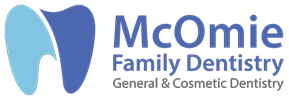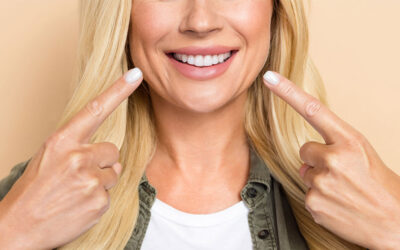Did you know before the 1930s, back in the “Good ole days,” toothbrush bristles were made of animal hair? The toothbrush dates back to China, where they used what they called a “chew stick.” A chew stick was a stick that frayed apart as you chewed on it and it rubbed the plaque off your teeth while you nibbled it. A pretty good idea really.
We’re delighted to live in the age of nylon bristles, but how can we determine which style of toothbrush will be best for our teeth and gums? How hard should the bristles be? Are electric toothbrushes better than manual ones?
In dental school, they taught that we should use round-ended bristles and the brush should have four rows of bristles wide and twelve rows of bristles long. Now round-ended bristles are standard, and the whole rows of bristles theory have been thrown out the window. Believe it or not, in several studies smaller brushes did better than larger brushes.
Soft Versus Hard Bristles
Hard bristled toothbrushes are great brushes if you are cleaning grout between the tile or scrubbing some dirty car parts in your garage, but they are terrible for your teeth and gums. The hard brush may make things feel cleaner, but it isn’t worth it in the end. Those hard bristles scrape away enamel and can agitate your gums to the point of putting you at higher risk for permanent gum recession.
Dentists always give out and recommend soft-bristle brushes because the downsides to hard bristles unquestionably outweigh the benefits.
At McOmie Family Dentistry we only recommend soft and extra soft brushes! There is no reason to ever go above soft not even to medium. Plaque is soft, and the soft bristle is plenty enough to wipe this way.
Powered Toothbrushes Versus Manual Toothbrushes
For decades, there wasn’t a notable difference separating the effectiveness of manual vs. electric toothbrushes. However, technology has come a long way, and modern electronic toothbrushes are better at getting plaque out of hard-to-reach spots. You can do as good of a job with a manual toothbrush, but an electric one will outperform almost every time.
Using an electric toothbrush can decrease plaque up to 21 percent more than a regular toothbrush and lower the chance of gingivitis by 11 percent more.
Brushing with an electric toothbrush allows you to apply less pressure and brush for the full recommended two minutes. The Sonicare and the Braun Oral -B powered toothbrushes both will shut off if you push too hard. This feature helps prevent scrubbing the gums off. Both of them have timers built in and shut off when your two minutes is up. This way we don’t have to guess if we have brushed long enough.
There are a bunch of various electric models to pick from when purchasing a new toothbrush. Fortunately, whether you choose a sonic brush (bristles vibrate from side to side) or an oscillating brush (spinning tops), you’ll still see better results than with a manual brush.
The two leading brushes again are the Sonicare and Braun Oral-B we used to stock one or the other, and we were able to get a $250 brush to our patients for our cost of about $100. Now both Sam’s Club and Costco have these brushes for under $80, and they have two handles with one recharging stand. We have seen these as low as $59 at shopping warehouse clubs. So we stopped carrying them because we can’t buy them wholesale for what you can buy them for at Sam’s and Costco.
When we walk down the toothbrush aisle at a grocery or drug store it is impressive all the bells and whistles the toothbrushes have these days. It is not necessary to spend $12 on a manual toothbrush a $3 one will do just fine. Name brand is not necessary because the store brand could be made in the same factory. Just get a soft or extra-soft brush.
How to Take Care Of Your Favorite Toothbrush
Once you’ve found the perfect toothbrush, it’s essential to store it correctly; otherwise, it will become a petri dish for bacteria growth. You need to store it upright someplace it can dry out, preferably as far away from a toilet as you can.
Finally, don’t forget to regularly replace your toothbrush or the head of your electric toothbrush because even the finest bristles fray and lose their effectiveness over time. At McOmie Family Dentistry we recommend you change your toothbrush every three months. We will give you a new one every six months when you get your teeth cleaned. Some brushes have blue bristles that turn white when they need to be changed.
If you flatten your toothbrush, you are brushing too hard! If you are doing this switching to an electric brush will help alert you when you press too hard.
Check out the video below for more tips about brushing your teeth!
We Look Forward To Seeing You At Your Next Checkup!
Using the right toothbrush and taking proper care of it is vital to good dental health, but there’s no substitute for routine professional dental cleanings. Make sure you’re scheduling visits twice a year, and we look forward to seeing you soon.




